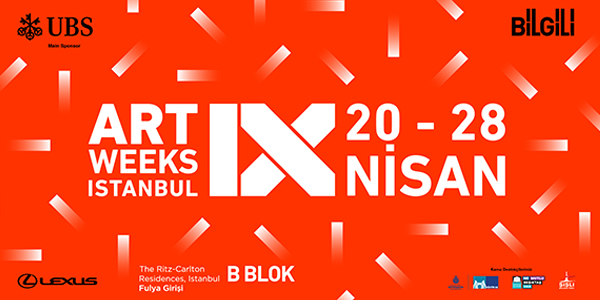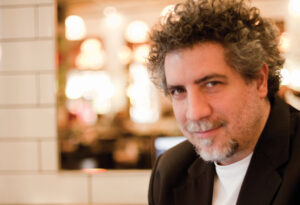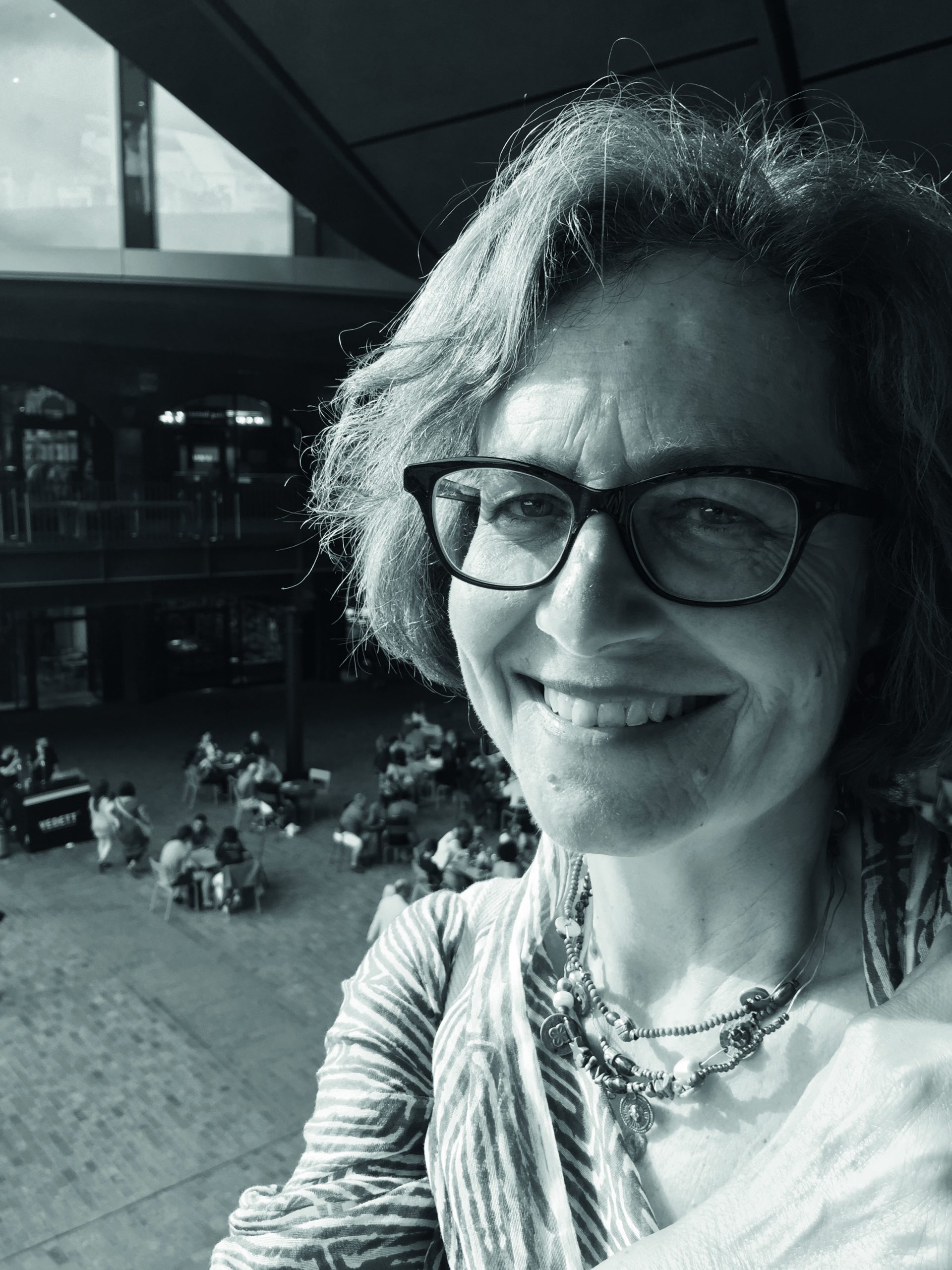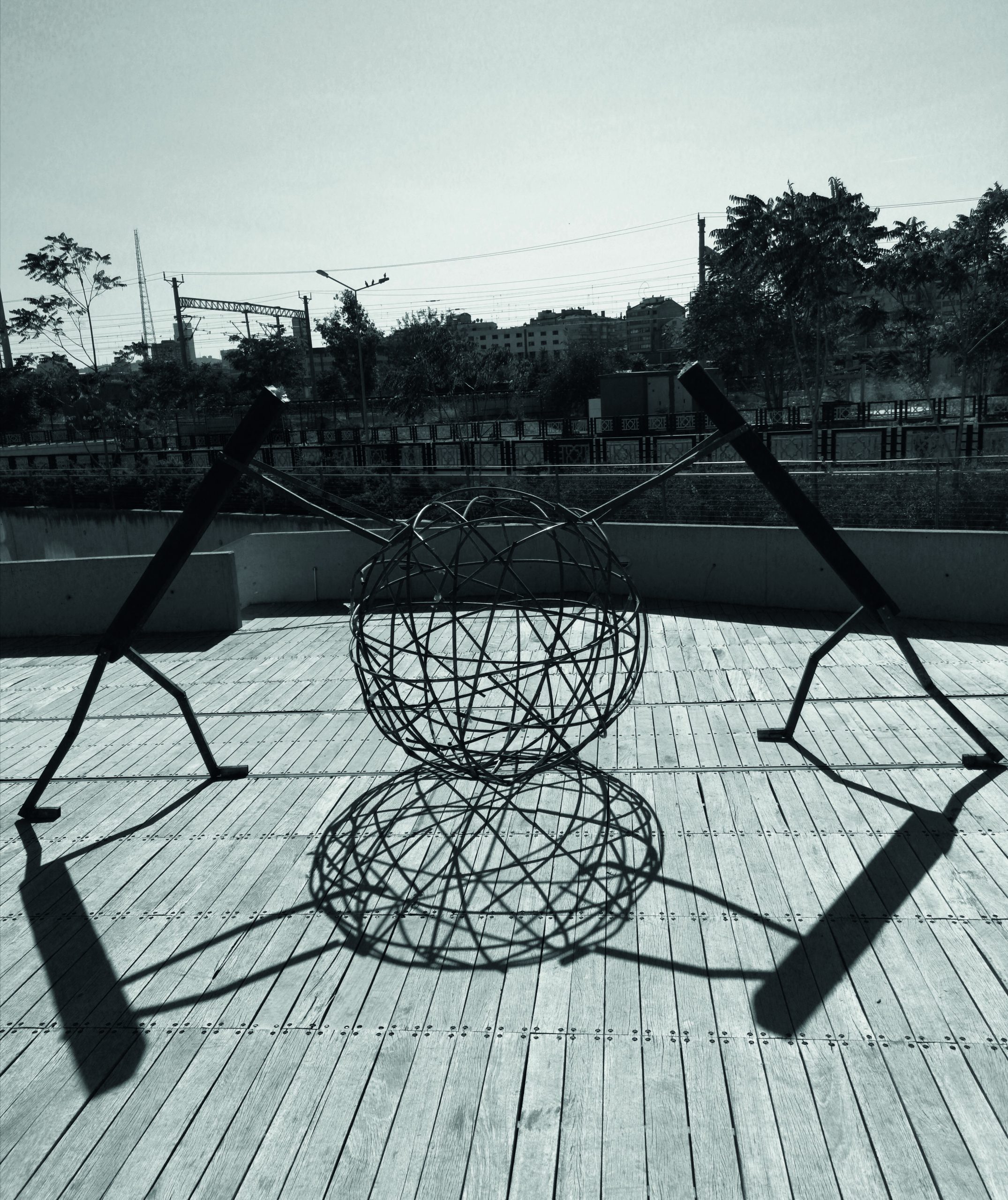Since last spring, a period marked by the confinement of our movements, our social lives, and of being stuck at home, I often wondered if Gabriel Garcia Marquez would have been tempted to write a sequel to his novel, had he been alive. In this awkward period that has compelled us to adapt to peculiar circumstances, we seem to have passed a daunting test in order to keep our sanity in place (at least the majority of us). Nevertheless, as subtle alterations to our own patterns of behavior emerged, it was impossible to ignore them. Especially in our emotional lives, the often overly close relationships with our loved ones tested the limits of our patience. Yet it also led to the opportunity to close certain gaps and mend alienating situations for some time, giving the necessary time to overcome conflicting positions, and to come to terms with our differences and ever-brewing discords. Love in the time of COVID-19 was indeed a challenging prospect, but perhaps one of reconciliation, too.
During these difficult times, it was impossible to ignore that only art has the capacity to embrace us and protect our souls from sliding into oblivion. It mends our feelings, restores our minds, teaches us to love and to be loved again. While we were all stuck in our homes it was Art, in its diverse and enriching manifestations, that kept us sane. We may have preferred listening to music or reading a book, or watching films or even a TV series through our screens. These objects became the windows that connected us to the rest of the world. Others went further, and engaged in creative activities on their own, whether this was indulging in handicrafts or some form of visual arts, or singing opera arias at the windowsill for the benefit of neighbors. Time was a luxury which we were deprived of before the lockdowns, and now we had plenty of it to spare for Art. This availability of time also gave us the opportunity to be more receptive to the subtleties that eluded us before, the connotations behind them becoming apparent. This augmented concentration span allotted to us, the luxury of taking advantage of being able to explore deeper into what we were observing, was perhaps a once-in-a-lifetime opportunity granted to us.
“During these difficult times, it was impossible to ignore that only art has the capacity to embrace us and protect our souls from sliding into oblivion.”
It should not be construed from this that the lockdown was a good thing. On the contrary, it destroyed so many valuable aspects of life, the scars of which will take years to mend. But from the perspective of an artistic experience, and regardless of the deprivations of not being able to see a live performance or an exhibition in-situ or to visit a museum, the home experience was a unique and compelling episode in our lives. Hopefully, it was not one to be repeated, but nevertheless to reminisce about in the coming years.
But how did artists themselves live this experience? How did they cope with the limitations, how was their creativity affected by the severe constraints imposed upon them? This is a question that transcends the individual artist and covers a wide spectrum of human endeavors that we call the creative industries. The shooting of films and TV series were suspended, as were art fairs and exhibitions. Museums closed down worldwide, further aggravating their already dire financial situations. People living off of their creativity in other sectors such as advertising suffered too. But going back to the individual artists working alone, transferring their creative impulses from their heart and brain to the outside world through their artistic production, how did they come to terms with this new environment? It is true that throughout the centuries, artists worked alone in their studios or workshops. But they also needed to interact with society and with their environment, look for inspiration, be socially engaged, and share the joys and tribulations of men and women around them. So how did the artist function in this sterile ecosystem?
Before indulging in a plethora of theoretical analyses that sustain various claims that repression or any other form of constraint has a stimulating effect on the creativity of the artist, it would suffice to take stock of the fact that today’s artists would hardly be able to exercise their creative work in a state of detachment from their subjects and objects. Indeed, it is all in the mind. Nevertheless, the artist navigates a social environment, within constructs that come together from a dialectical relationship between the inner world and the outside universe. This abrupt and at the same time severe shift in paradigms is a great challenge to overcome for anyone involved in creative activity. So how did they cope?
“It is true that throughout the centuries, artists worked alone in their studios or workshops. But they also needed to interact with society and with their environment, look for inspiration, be socially engaged, and share the joys and tribulations of men and women around them. So how did the artist function in this sterile ecosystem?”
The majority of artists took advantage of the restraints by working in their studios, experimenting with new techniques and materials. Others re-evaluated their past work and explored new idioms. Others still transferred their state of mind into their creative work, chronicling the present time and its circumstances. Regardless of all the effort, it has been a very challenging time for all of them, irrespective of their different approaches for coping with the situation at hand.
A positive note on all of this experience may be the fact that once more, the human mind has proved to be extremely resilient. It is proficient at enduring such hardships and is also capable of transforming itself and adapting to the new realities. This period was also marked by taking stock of what had been done before and what is being done now.
The first wave has receded, and we are now battling a second surge with the threat of an all-out lockdown looming, or at least a certain degree of limitations. Today, we appear to be better equipped to face these challenges even if psychologically, there is still a certain degree of attrition to come to terms with. It is indeed sad to see how people began to get out of their shells, to celebrate their newfound freedoms before being faced with a new dark period of constraints imposed upon them. How artists will cope with this new reality has yet to be seen. Will they survive again, or will they succumb to the depressing conditions of an enclosure?
“From pianists to painters, actors to ballerinas, they are all waiting for you to visit them. So let us all transform these difficult times into a celebration of the arts.”
Hopefully, the second wave will not be as intense as the first one. But if there are any restrictions imposed upon us, and if we need to spend a considerable period of time at home again, let us go back to our screens and watch old films that we had forgotten or listen to memorable past performances by great artists. There is no better cure than watching a Bertolucci or Fellini film, or listening to Keith Jarrett or Chet Baker– not to mention masters such as Yo Yo Ma, Maria Callas and Leyla Gencer. They are all on YouTube, a true Pandora’s box, where you can also find interviews with great artists in every category. From pianists to painters, actors to ballerinas, they are all waiting for you to visit them. So let us all transform these difficult times into a celebration of the arts.













